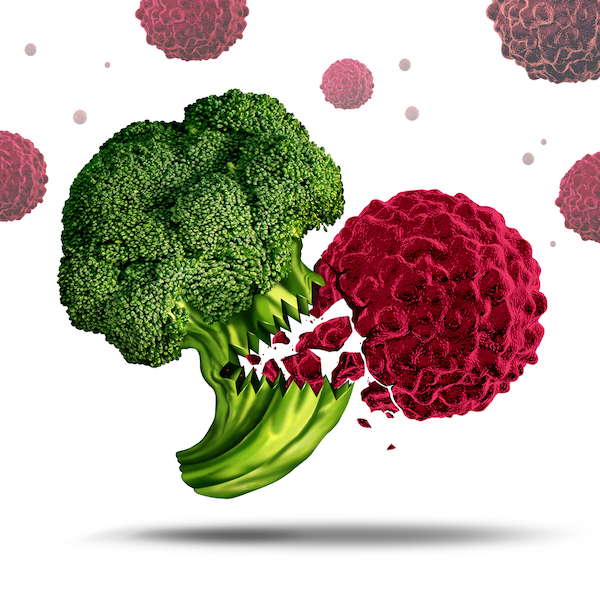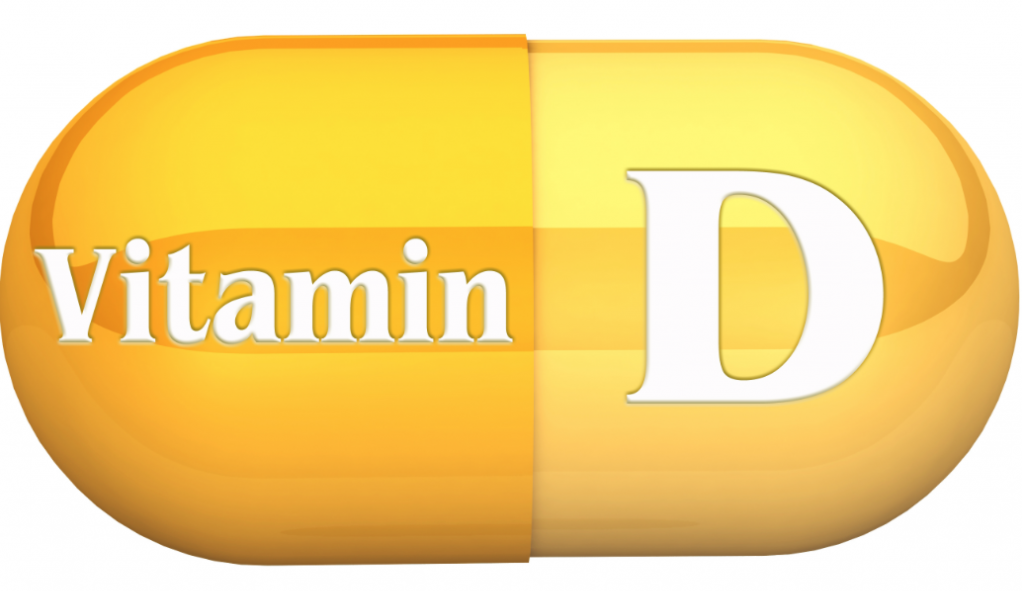An article in Medical News Today, written by Ana Sandoiu, tells the benefits of high dose vitamin C (HDVC) to treat cancer. She states that “common treatment options for cancer, such as chemotherapy and radiation therapy, can be expensive and sometimes ineffective. However, a new clinical trial tests the effect of high-dose vitamin C in combination with standard treatment on health outcomes for patients with cancer.”
Many of the chemotherapy and immunotherapy drugs have been studied in conjunction with the use of HDVC IV therapy. Most of the research showed that patients who received the combined treatment had a slower tumor growth and fewer side effects from the chemotherapy.
High dose Vitamin C must be administered in IV form. Taking oral doses will not raise the body’s tissue levels high enough to be effective and the kidneys try and clear the excess dose out quickly. In fact, the half-life of vitamin C, how quickly the original dose leaves the body, is only 2 hours in the human body. Giving high doses of vitamin C regularly keeps the tissue levels of vitamin C high enough to battle tumors.
Research results from the University of Iowa published in the journal Cancer Cell, have demonstrated that Vitamin C passed human safety trials. As part of the trial, 11 patients with brain cancer (glioblastoma) who were undergoing standard chemotherapy and radiation therapy were also administered three weekly intravenous infusions of vitamin C for 2 months, and then two weekly infusions for 7 months. Each IV raised the patients’ blood levels of vitamin C to 20,000 micromoles (μM). The average level of vitamin C in adults is approximately 70 μM.
The data from the trial showed that patients with glioblastoma survived for 4 to 6 months longer than patients who underwent conventional treatment alone. Specifically, patients who also received high doses of ascorbic acid survived for 18 to 22 months compared with 14 to 16 months, which is the typical survival rate for glioblastoma.
Vitamin C weakens cancer cells
Normal cells are able to produce hydrogen peroxide (H2O2) to offset the excess HDVC (ascorbic acid) that penetrates the body’s tissues. Cancer cells cannot produce adequate amounts of H2O2 to protect themselves against the excess acid. This causes damage to the cancer cells’ DNA and otherwise weakens them leading to apoptosis of cancer cells.
HDVC IV treatment is significantly less costly than the standard treatment. For example, 9 months of HDVC IV therapy, three times per week, currently costs less than one dose of chemotherapy.
For more information on how to get started on HDVC therapy now, make an appointment with one of our doctors (503) 583-8128.



